The gas explosion which killed six people at the Royal Darroch hotel remains one of Aberdeen’s worst disasters, 40 years on.
On October 25 1983, terror and tragedy was brought to the streets of Cults when a fatal blast destroyed the luxury Royal Darroch Hotel in Aberdeen.
It was a community still reeling from the brutal murder of taxi driver George Murdoch just weeks earlier.
The noise of the explosion resounded across Aberdeen, and the disaster even made headlines in the New York Times.
This is the story of what happened on that fateful day, 40 years ago.
The lap of luxury at Royal Darroch, a hotel built for oil-rich Aberdeen
The luxurious Royal Darroch Hotel opened in the spring of 1972 when the good times were rolling while the oil flowed.
Aberdeen saw unprecedented growth during the oil boom, and demand for hotel accommodation was high.
Just four miles from Aberdeen city centre, guests were invited into “a wonderful world of luxury living” at the Royal Darroch on North Deeside Road in Cults.
Highly influenced by Aberdeen’s new-found wealth, the avant-garde hotel was part of the group of hotels owned by Cypriot tycoon Reo Stakis.
With no expense spared, it boasted a “Texan-sized” cocktail bar in The Scene lounge, as well as a ‘Purple Zodiac Cocktail Lounge’.
The dining room could seat 100 guests, and was described as an “outstanding feature” of the hotel.
When it opened, diners could choose from sauté of beef stroganoff or baked Virginia ham with peaches for mains.
Those after a lighter bite could peruse the a la carte menu: avocado pear with prawns; lobster bisque, or veal stuffed with ham and gruyere cheese.
General manager’s haunting words
The Royal Darroch was an instant hit. It was trendy, the food was good; quite simply, it was the place to be seen in Aberdeen.
The 67-bedroom hotel was a byword for comfort and luxury, and served its demographic well.
Popular with holidaymakers, its proximity to Aberdeen also made it an ideal base for salesmen and businessmen.
Yet despite having all the mod-cons, the Royal Darroch opened quietly, without any flourish or fanfare.
Speaking in 1972, general manager Alistair Wales said: “We wanted to open quietly and gradually.
“We know that a lot of places that come in with a bang can go out quickly with an even bigger bang!”
He could never have predicted those words would be so haunting and eerily prophetic just 11 years later, when the hotel was ripped apart by a gas blast.
Rumbling heard in Cults gas pipes
The morning of October 25 1983 was nothing out of the ordinary in Aberdeen.
Culture Club had just hit number one in the charts with Karma Chameleon, and the news headlines were dominated by images of bombed-out barracks in Beirut, Lebanon.
At 8.25am, Cults Academy pupils made their way to school as usual, and guests at the Royal Darroch were sitting down to breakfast in the restaurant.
Little did anyone know that within minutes, the scenes of death and destruction in Beirut would be played out in the quiet suburb of Cults.
The first indication that anything was amiss was when nearby residents reported smelling gas.
Little over a mile away, Scottish Gas employees were carrying out a repair on Baillieswells Road.
At 8.30am, Stewart Todd, who stayed in Cults Gardens, smelled gas and promptly called Scottish Gas.
He was told to switch off his meter, but the smell of gas was even stronger outside his house directly behind the hotel.
Similar calls had been made by other Cults residents.
At 8.43am, Dora Todd phoned Scottish Gas after hearing a “rumbling” in the pipes.
Still anxious, Stewart called the gas board again at 8.50am and was told it would be investigated.
Staff and guests at the Royal Darroch were oblivious to the deadly danger.
8.53am. A huge explosion rocked Cults as a fatal gas blast tore through the Royal Darroch Hotel.
Many Aberdonians still remember that horrific moment like it was yesterday.
Explosion tore Royal Darroch apart
With a flash of fire and a thundering blast, the entire ground floor of the hotel dropped 12-feet into the basement.
Four people were killed instantly.
Guests were hurled from windows into the carpark and part of the roof was blown off.
The resounding boom shook nearby Cults Academy, and children in the playground at Braeside Infant School in Mannofield stopped in their tracks.
The roaring blast was heard more than three miles away in Aberdeen City Centre as an ominous pall of smoke rose silently above Cults.
Within seconds the plush Royal Darroch was transformed into a charred, skeletal ruin akin to a warzone.
The frontage was blown out into the street. Bricks, mortar, wood and plaster were strewn all over North Deeside Road.
Pavements were showered with glittering fragments of glass, while shredded curtains clung pathetically to blackened window frames.
Flames leapt from the gaping wound in the facade, beyond which lay the rubble of the ground floor and the screams of trapped staff and guests.
Windows were shattered in several nearby properties, and debris was scattered quarter of a mile from the scene.
Passersby clawed at rubble with bare hands
A flurry of 999 calls were made and the fireman in charge of the first units to arrive declared a major incident.
Deputy firemaster Neil Morrison heard the blast from Grampian Fire Brigade’s North Anderson Drive HQ.
Crews were on the scene within four minutes and confronted with utter devastation.
The west side of the hotel where the reception, restaurant, lounge bar and dining room had been was ripped open.
As the first dazed survivors emerged bloodied from the wreck, passing motorists and pedestrians – even some schoolchildren – began clawing at the rubble with their bare hands.
Joiners Donald Campbell, Robert Young and Bill Allan were passing the hotel on their way to work when the blast happened.
Abandoning their van they ran to help firemen reach survivors.
Dr Gary Simpson was en route to work at Peterculter, he said: “There was a lot of rubble and bits dropping off from the frontage.
“We could hear screams from some of the people downstairs but there was no way we could get to them because there was no stairway. We borrowed ladders from local workmen to help free them.”
Neighbour Stephen Campbell was woken by the blast and when he looked out his window saw housemaids carrying screaming children down ladders.
Dangers hotel could collapse on rescuers
More than 70 firefighters bravely tackled the blaze, entering the ruins to reach casualties while smaller secondary explosions were still taking place.
They crawled through the tangled mess searching for survivors, despite the danger the hotel could collapse on top of them.
At 9am, the black smoke belching from the building could now be seen 15 miles away.
A total of 11 regular fire engines, a turntable ladder and snorkel hose pipe attended from Aberdeen, Ellon, Kintore, Inverurie, Oldmeldrum and Stonehaven.
Grampian Health Board’s major incident plan for large-scale public emergencies kicked in.
The plan had been written some time before by emergency consultant Alasdair Matheson.
A modest man, he never took credit for the lives the plan undoubtedly saved at the Royal Darroch, and later the Piper Alpha disaster.
With no time to lose, Matheson himself treated casualties outside the hotel alongside the entire accident and emergency team.
The medics were ushered through rush-hour under police escort, where they were joined by local GPs.
More than 20 paramedics and a fleet of 16 ambulances were sent to Cults, including units from Inverurie, Aboyne and Stonehaven.
Royal Darroch ‘like scenes in Beirut’
Firemaster Thomas Bond described the search for trapped bodies in the basement as “desperate”.
He said colleagues were battling to control flames engulfing one end of the hotel, praying nothing would fall on the men digging in the rubble beneath.
Searchers had no way of knowing how many people had been in the hotel until much later that afternoon when the hotel records were recovered.
There were 66 guests registered overnight, but many were businessmen who’d left early for meetings.
Most of the dead and injured were found in the basement area having been struck by debris as the ground floor caved in.
At 10am, chief constable Alexander Morrison gave an impromptu press conference in the car park to detail the latest death toll – by now it was five.
He spoke against the stark backdrop of dangling lights and swirling smoke.
Dozens of police officers who had been conducting door-to-door enquiries in Culter for the George Murdoch murder hunt were diverted to the Royal Darroch instead.
Chief ambulance officer George Gilchrist described the carnage as “just like the television pictures of the scenes in Beirut”.
Most of the casualties had blast wounds and burns, dozens were treated for shock.
Locals and visitors among dead
Head porter Stuart Walker, 44, one of the Royal Darroch’s longest-serving members of staff, was killed.
His wife Sylvia was seriously injured and had a leg amputated. The couple, who met at the hotel, had worked there since it opened.
The other victims were young holidaymakers Hazel Stirling, 18, and her boyfriend Alister McKenna, 24, both from Bridge of Allan.
Alister’s grief-stricken father, Jack, said the family was “heartbroken”.
Duncan Youngson, 40, of Hamilton, was on a two-week business trip to Aberdeen when he was killed.
And engineer Ian Gow, 49, had travelled up from Livingstone for his monthly business trip to service machinery.
Heather Greig, hotel secretary and mum of twin boys, 44, was in the ground-floor office when the explosion ripped through the building.
She was critically injured and sadly died in hospital the following day.
‘I had been blown into car park’
Survivors had their own harrowing tales.
PR executive Linda Young and manager John McFall, were two of the Reo Stakis employees having breakfast when the blast happened.
Standing in bloodstained clothes, Linda told reporters: “One minute we were eating and the next minute I was lying among rubble in front of the hotel.”
Ian added: “There was a big whoom and then blackness. When I came to, I realised I had been blown into the car park, I must have been blown about 15-20 feet.”
Businessman John Phocas from London said the curtains in his room saved him from flying glass, but he had to jump from his window after the stairwell collapsed.
Brenda Gladwell was en route to the bus when the blast happened, and saw her daughter Donna, 16, lying on a stretcher covered in blood.
Shaken, she “thought the worst”, but Donna escaped with bad fractures and cuts, Brenda was also taken to hospital.
Hotel magnate drove straight to Cults
Mr Stakis, the Cyprus-born millionaire hotel owner, heard of the disaster on the radio as he left Dunblane for Glasgow.
He immediately turned around and drove to Cults.
When be arrived to a scene of destruction he was devastated.
“If I had not seen it with my own eyes I would not have believed an explosion could cause such damage”, he said.
Pointing to the hotel, he added: “This you can rebuild, but when I heard about the loss of life, that absolutely saddened me to the extent I could hardly take it in.”
Chief Constable Morrison paid tribute to the victims, but also the community who came together.
Throughout the day, in a move of kindness and solidarity, staff at the Amatola Hotel provided refreshments for rescuers.
Cults East Church minister Reverend Rennie opened his doors to victims and helpers, while Stewart Milne Construction and Brand Construction helped clear “a colossal amount of debris”.
‘Maximum possible devastation’
Scottish Gas chairman Robert Hill made a dash from Edinburgh and was at the scene within hours.
Visibly shaken, he stood by wrecked cars in the car park and gave a hurried press statement.
He said: “My first reaction was one of absolute horror to be confronted with such a major human tragedy.
“I would ask you to offer my deepest sympathy to all those concerned with this dreadful incident.”
He promised a “most thorough investigation”. The same day, 200 gasmen from across Scotland were called in to probe the explosion.
The most plausible early theory was there had been a leak in the basement, causing a big build-up beneath the ground floor.
Firemaster Mr Bond explained: “Gas leaks are not too dangerous if they are vented. Only if they are confined do you get this type of devastation.
“I would assume, due to the destruction, that the mixture of gas and air was just right to cause the maximum possible devastation.”
Thousands of households from Cults to Lower Deeside were without gas while supplies were turned off. Many households were scared to turn theirs back on.
Explosion could have been avoided
Eventually the emergency operation was stood down. When the last flashing blue lights left, all that remained was the sinister, scorched shell of a hotel.
But for the families, the anguish endured.
The hotel could not be demolished until a fatal accident inquiry had taken place.
For more than a year, the crumbling ruin stood in the heart of Cults, a constant reminder of the day the community was literally torn apart.
In 1984, Sheriff Principal Stewart Bell ruled that the explosion could have been avoided.
The FAI found “an excessively high” level of gas built up in the basement following repair work on a fractured pipe in Baillieswell Road.
Had protective gas meter governors to regulate gas flow been fitted at the hotel, it would likely have prevented the tragedy.
Hotel flattened to ‘erase’ reminder of tragedy
The Sheriff Principal added it was an “extraordinary” set of linked circumstances, but ruled the young gas board workers were not to blame.
In a tragic twist, work to fit protective filter meter governors at the hotel was due to start the weekend after the explosion.
Reo Stakis was also cleared of any responsibility, while Scottish Gas was ordered to pay an estimated £3 million in compensation to victims.
When the inquiry ended, the hotel owners ordered the ruins were flattened “to erase the continuing reminder of the tragedy”.
Forty years on there is no physical reminder of the disaster that befell the community.
But the sights and sounds at the Royal Darroch that day will never be erased from the minds of all those involved.
If you enjoyed this, you might like:
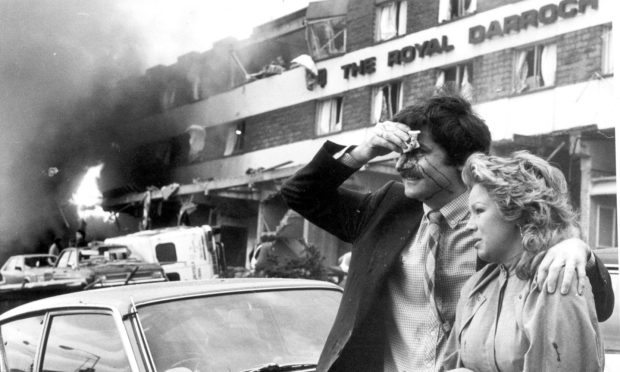

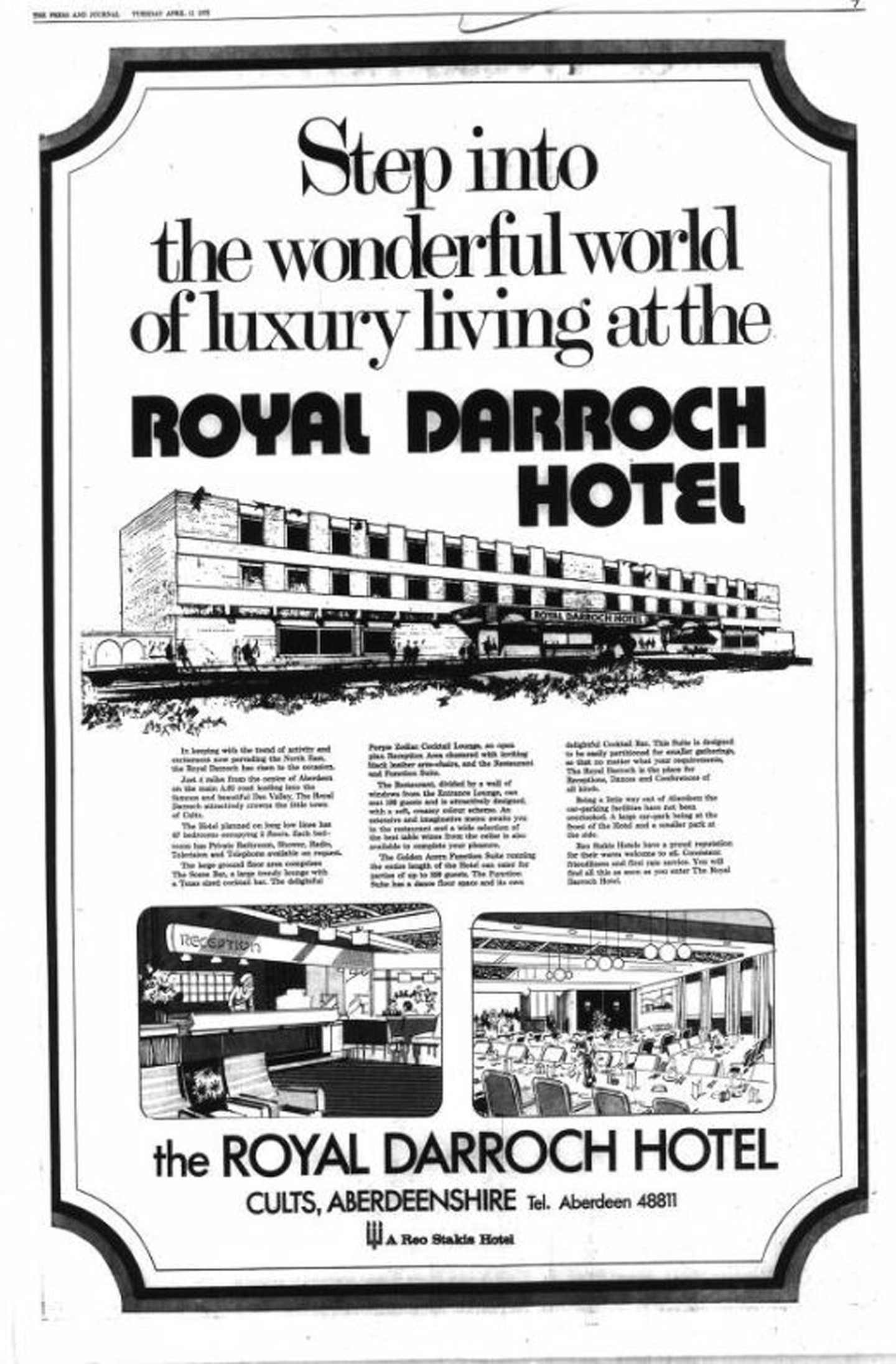


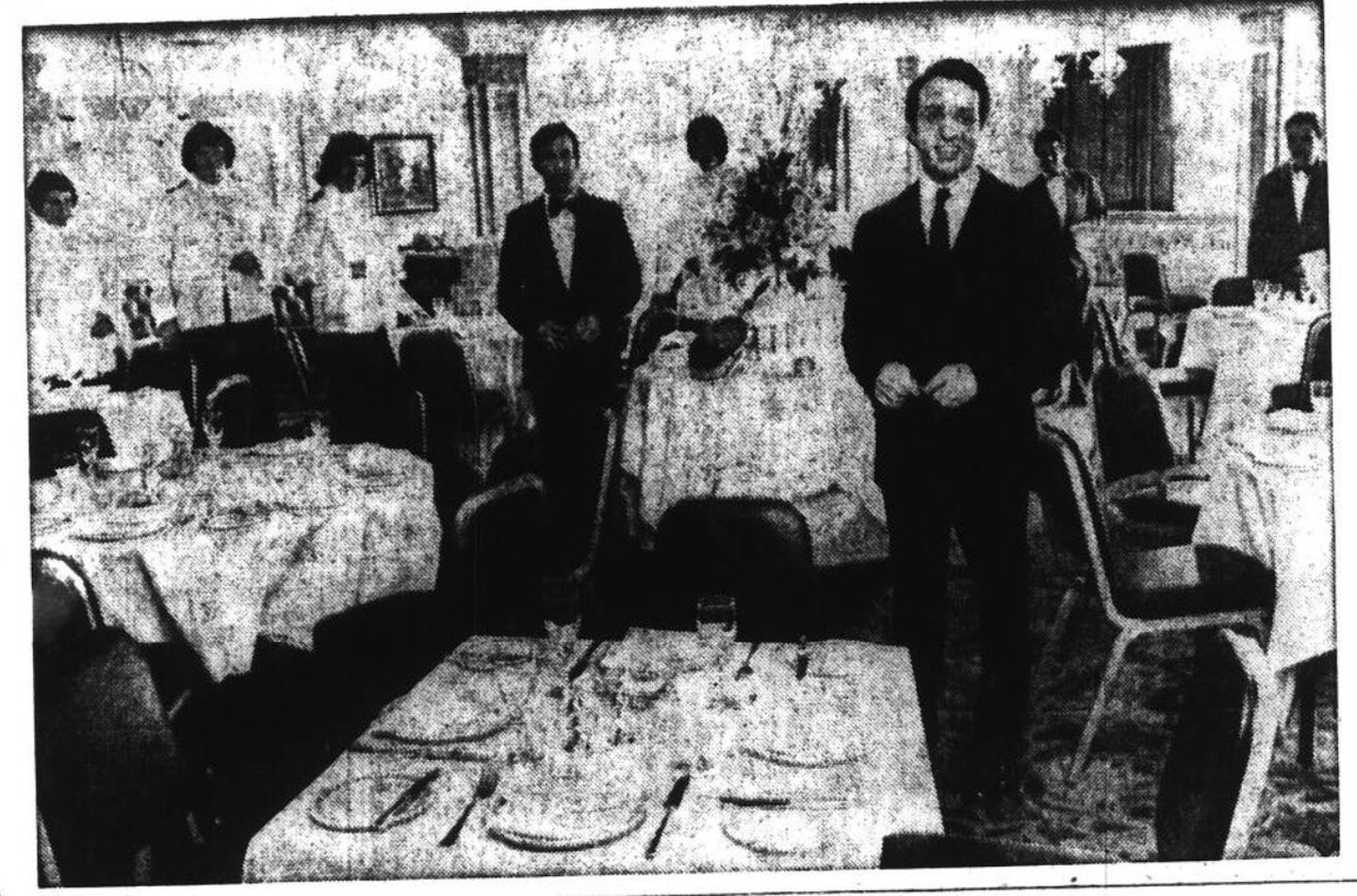
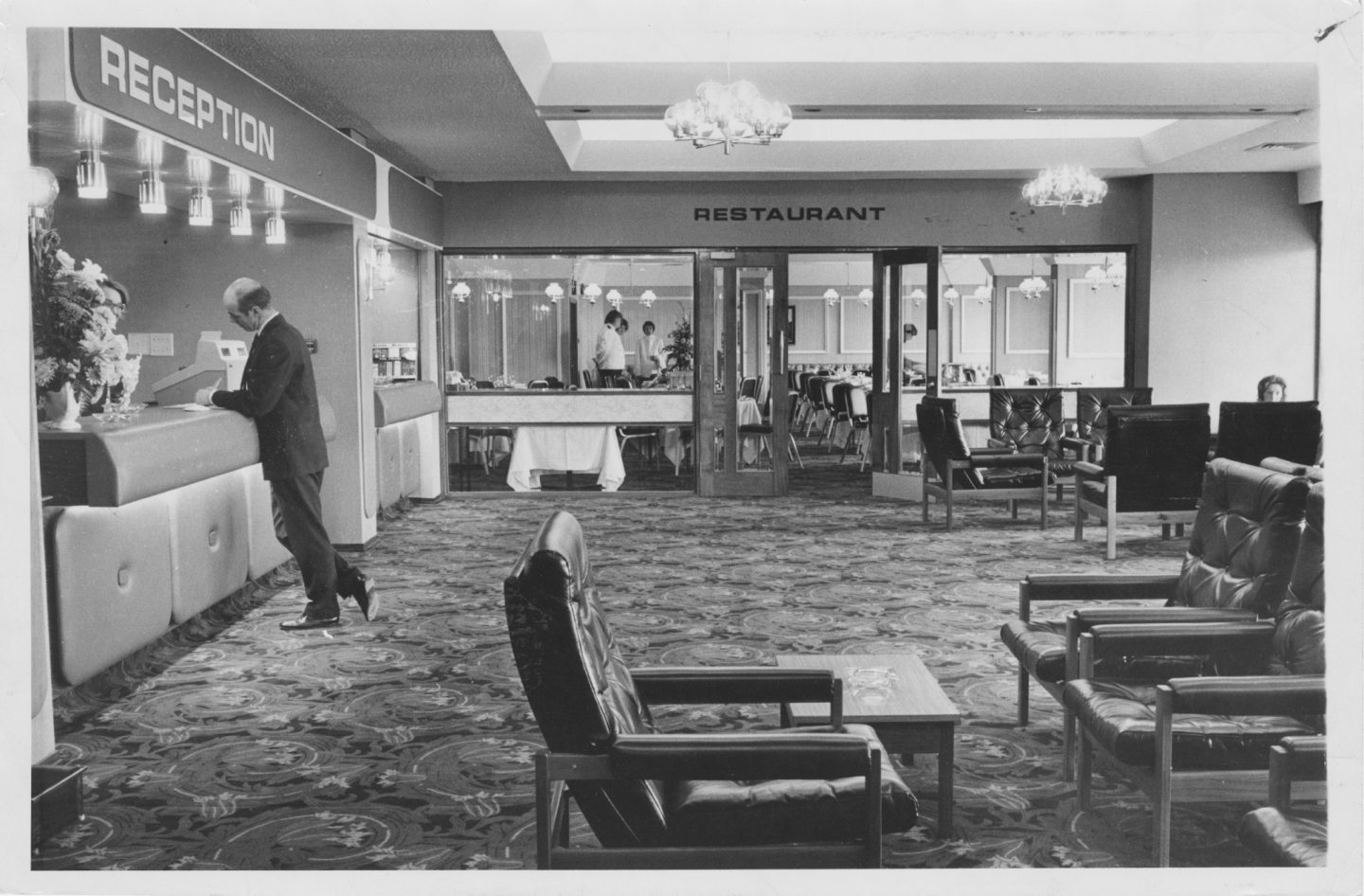
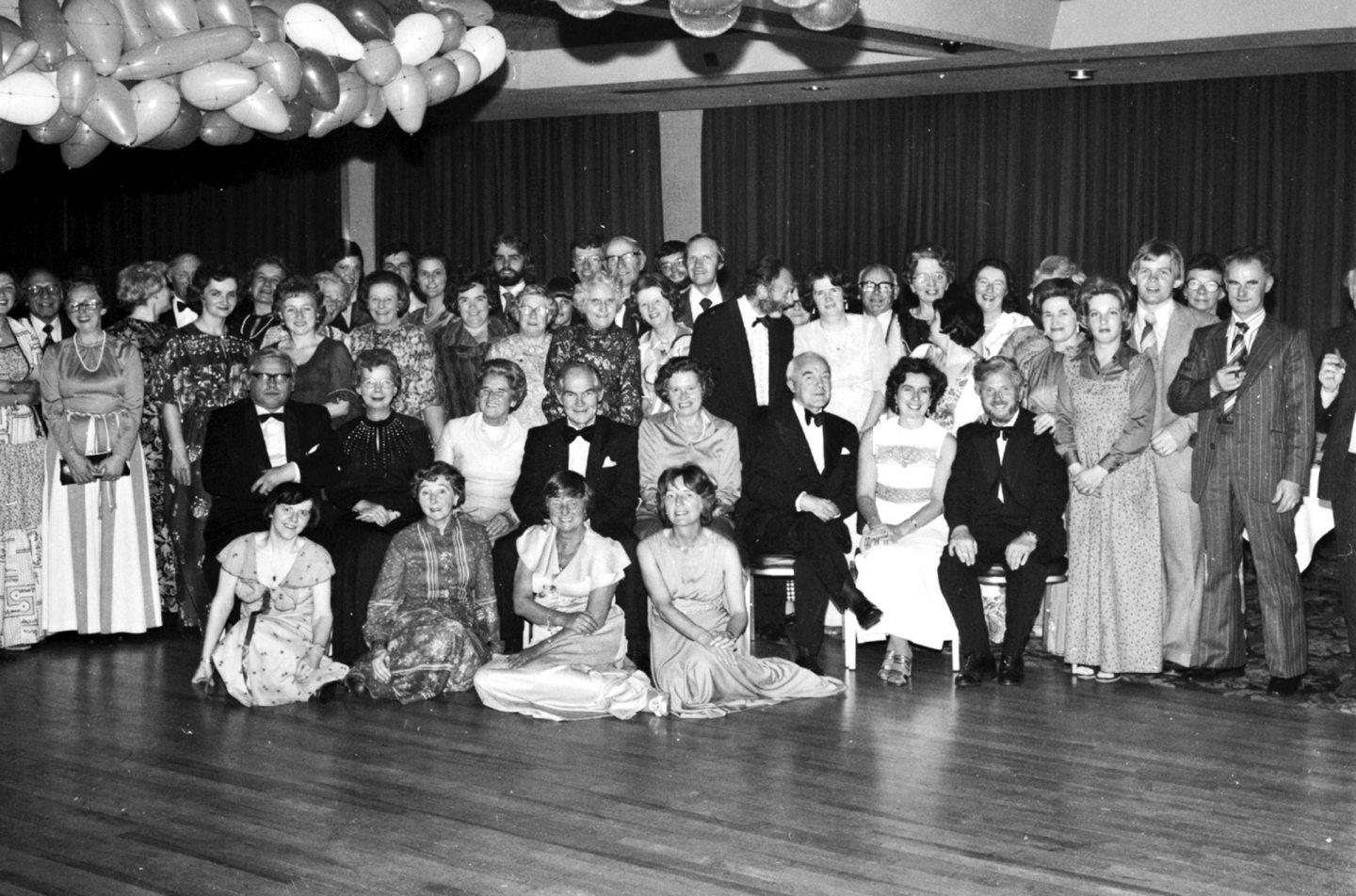
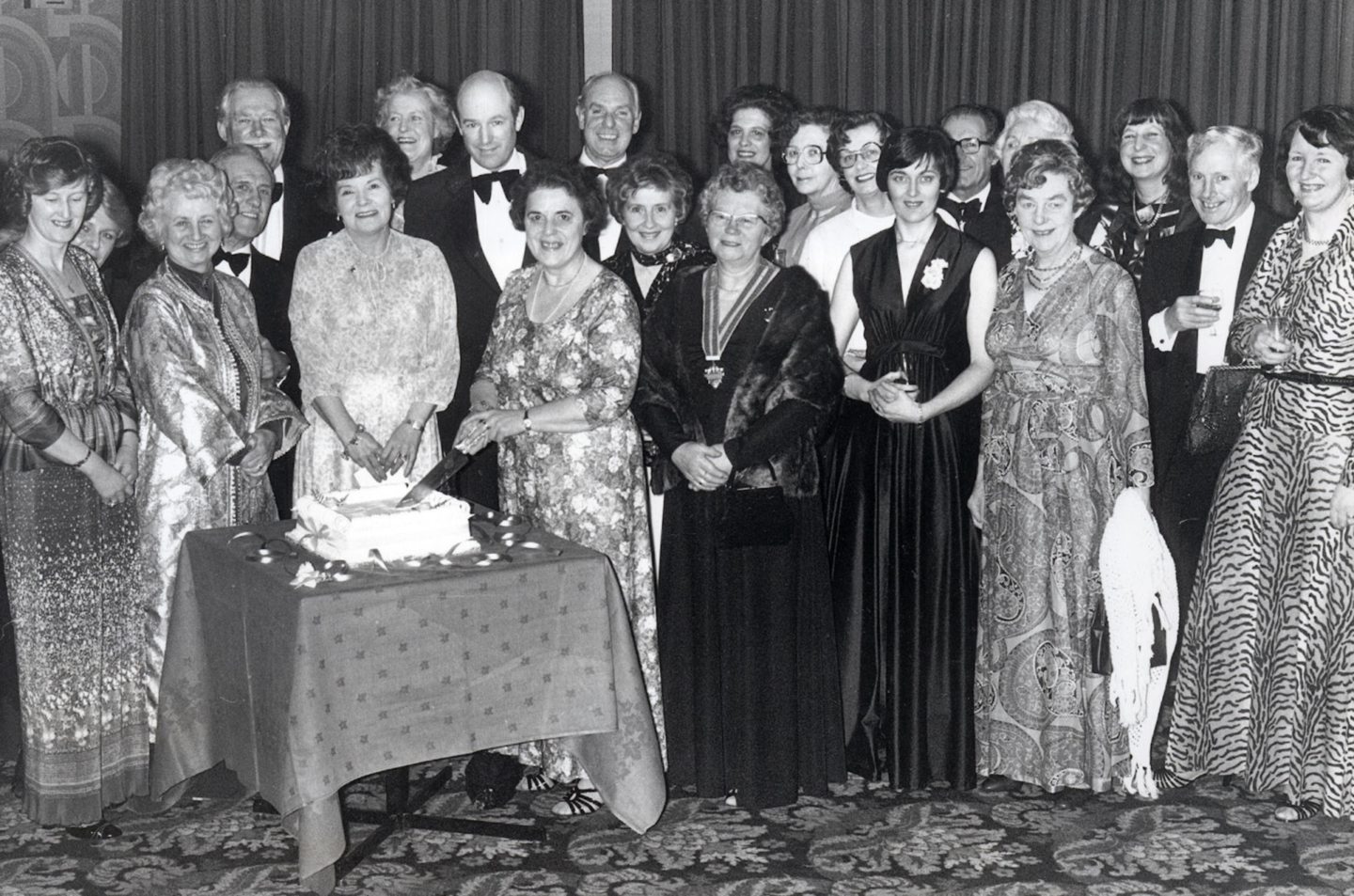
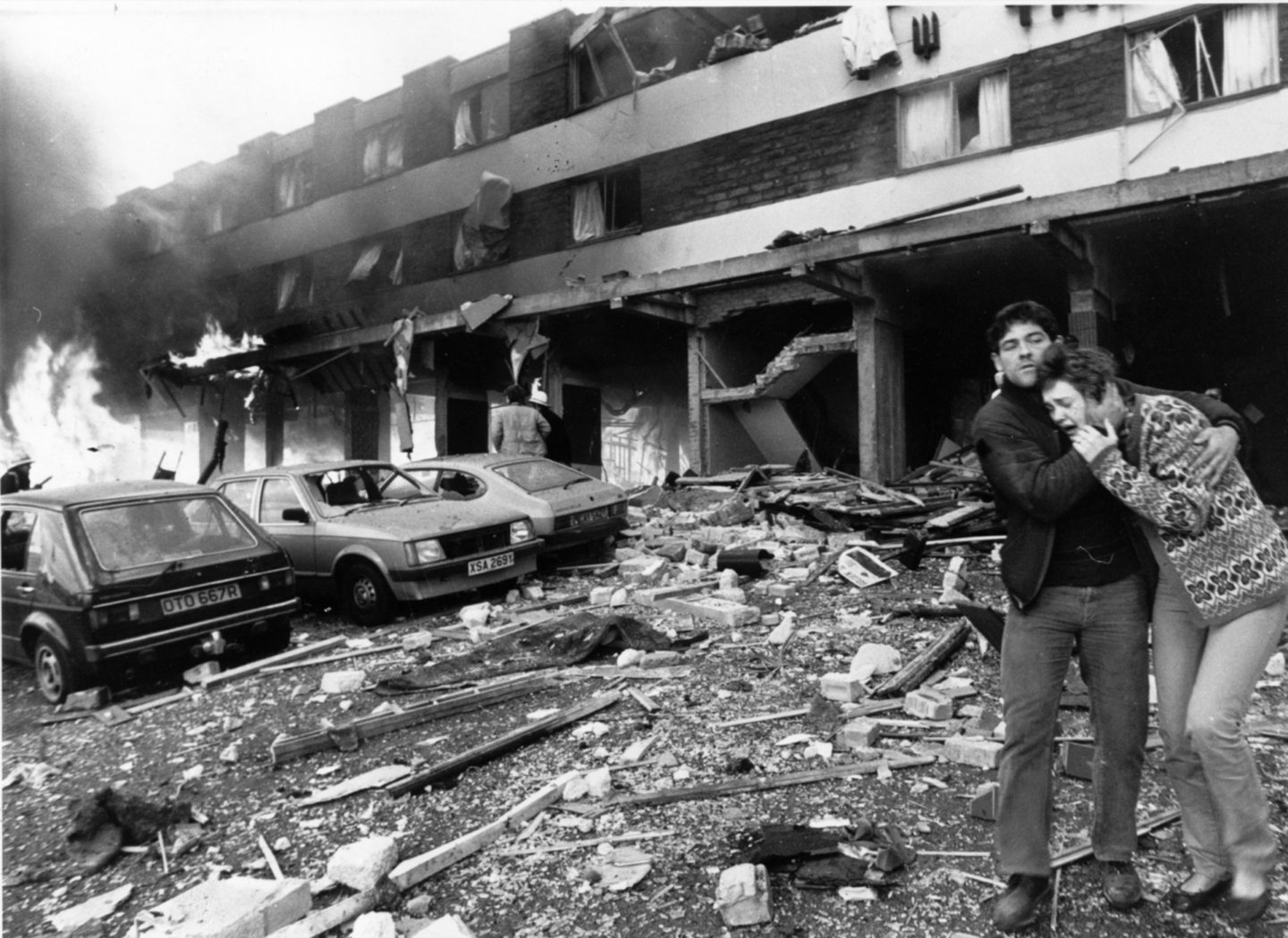
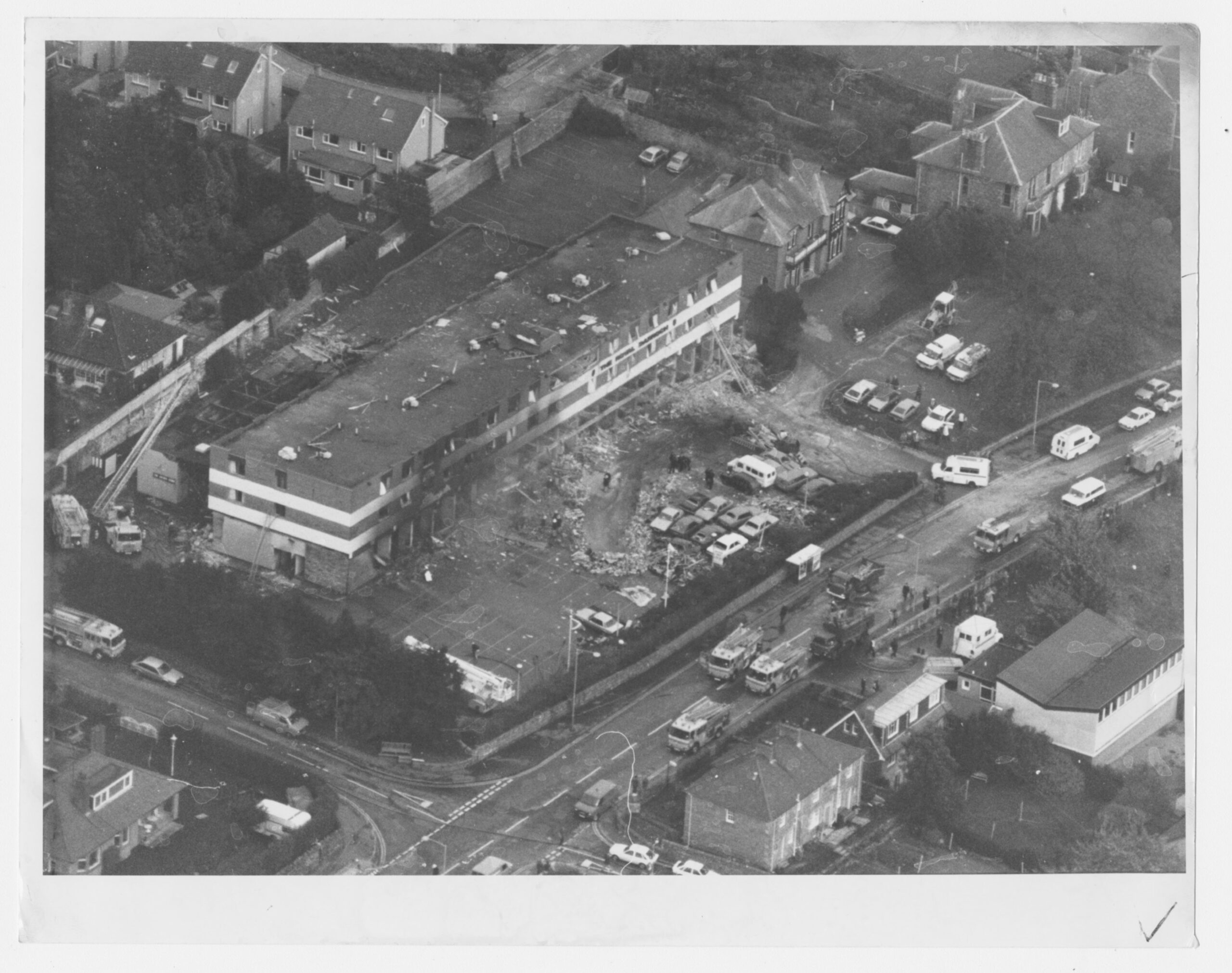
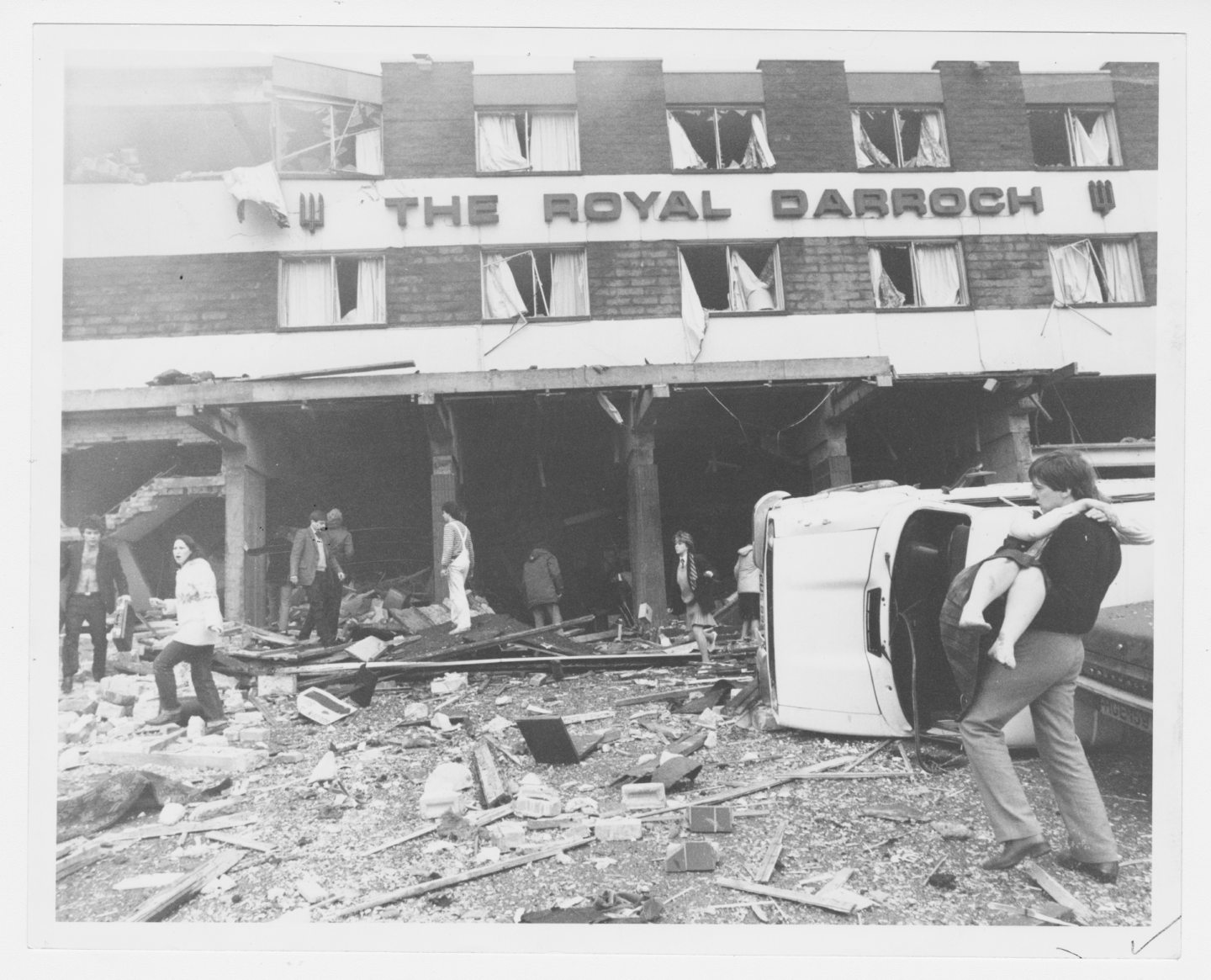
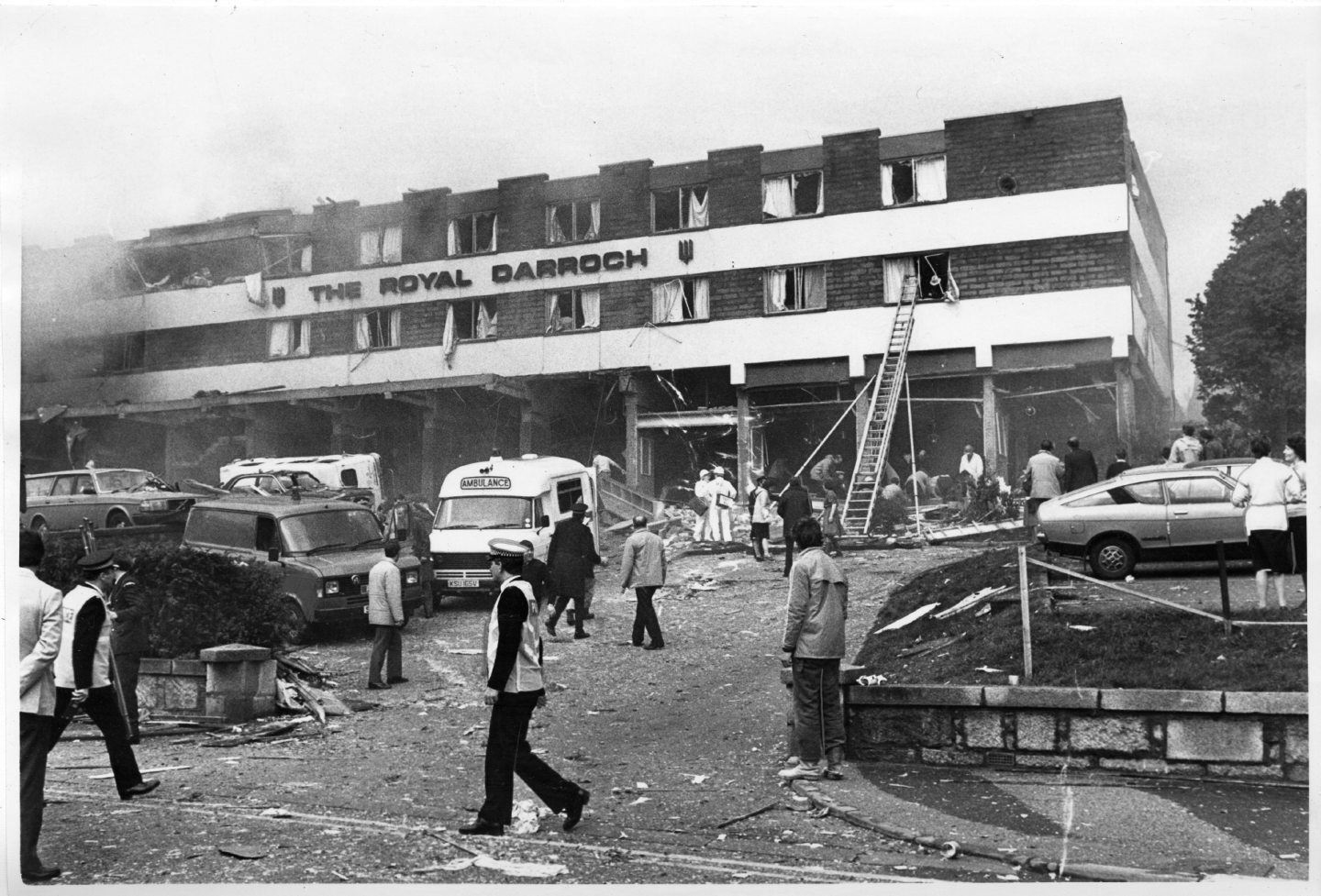
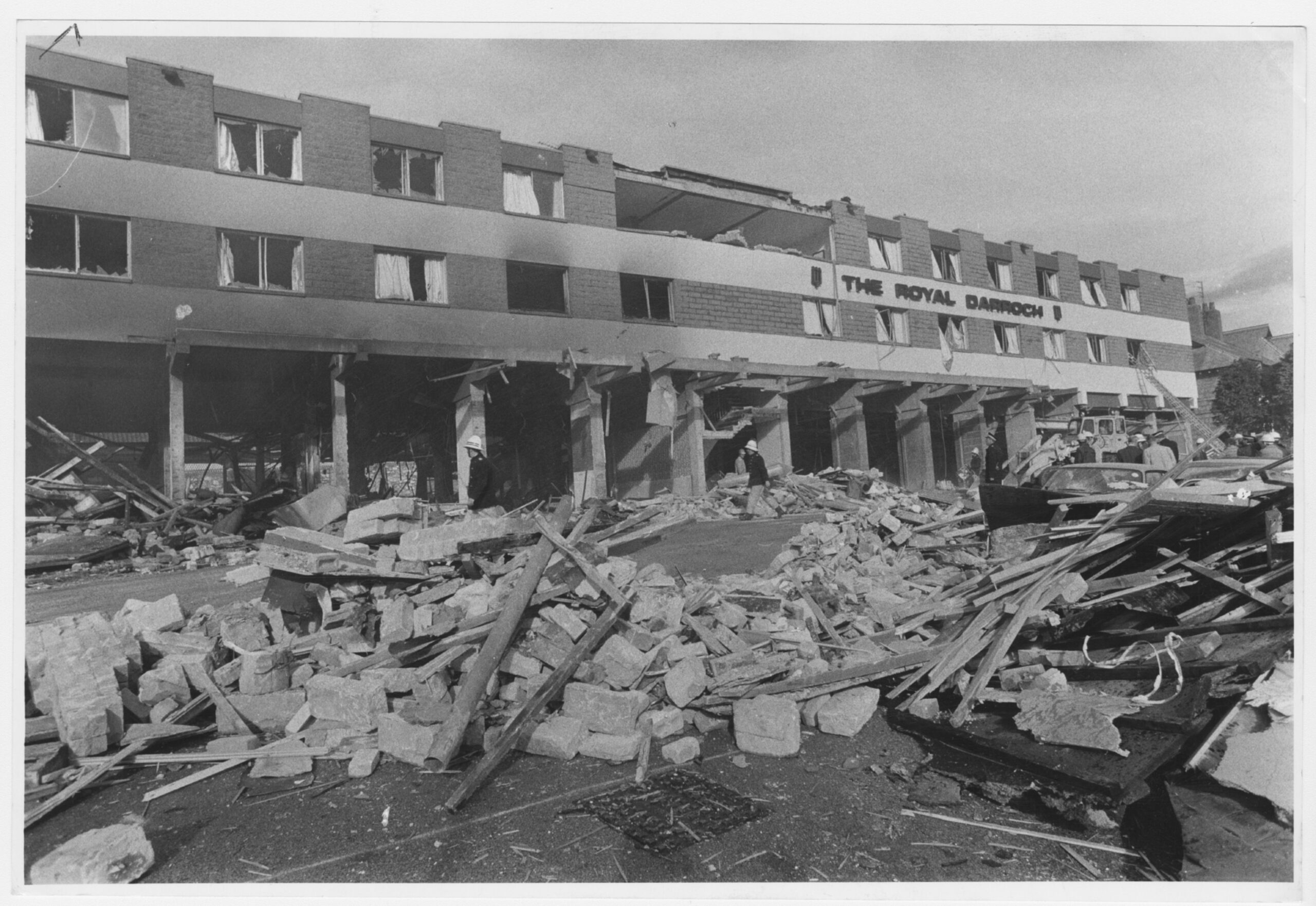


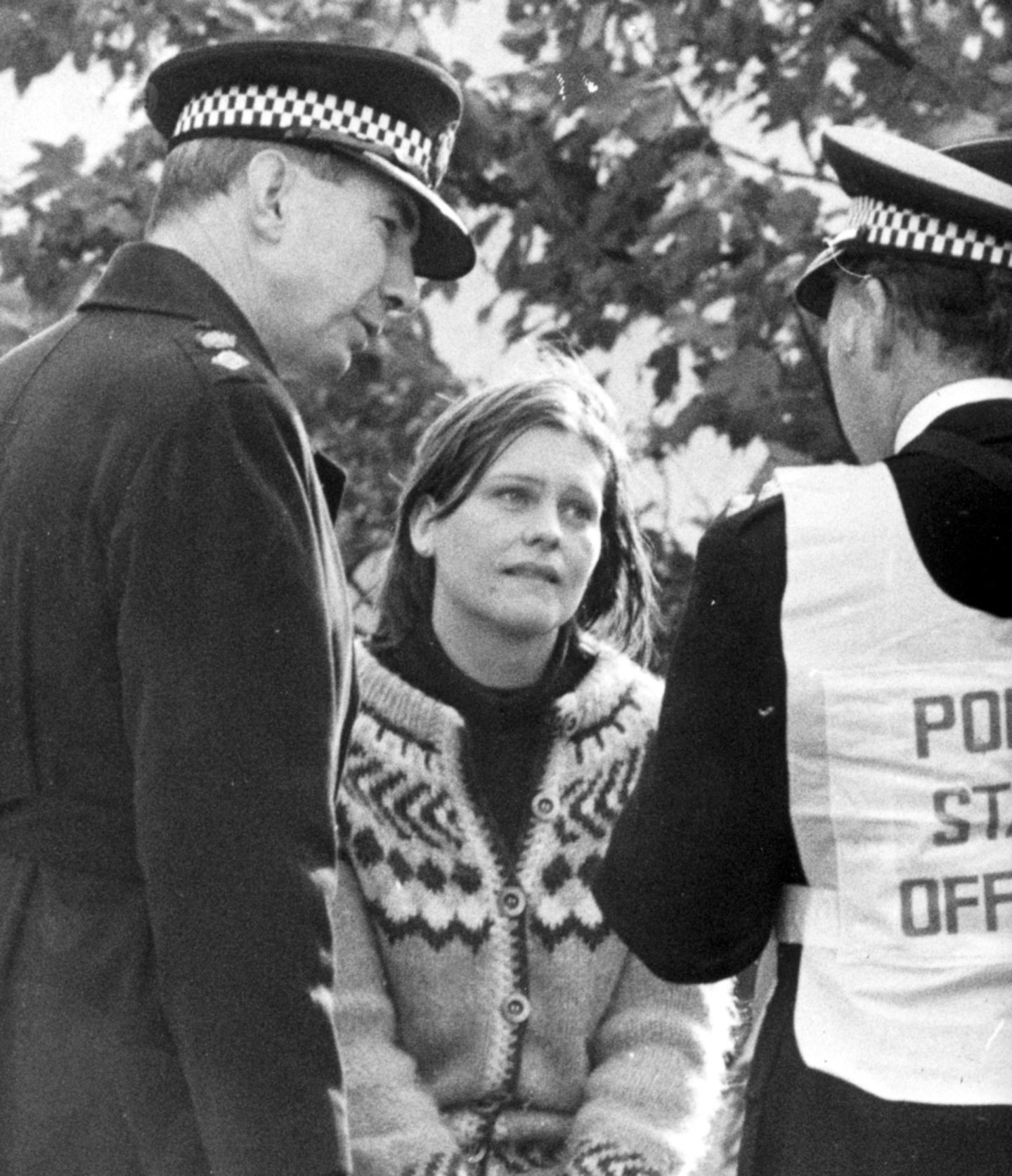
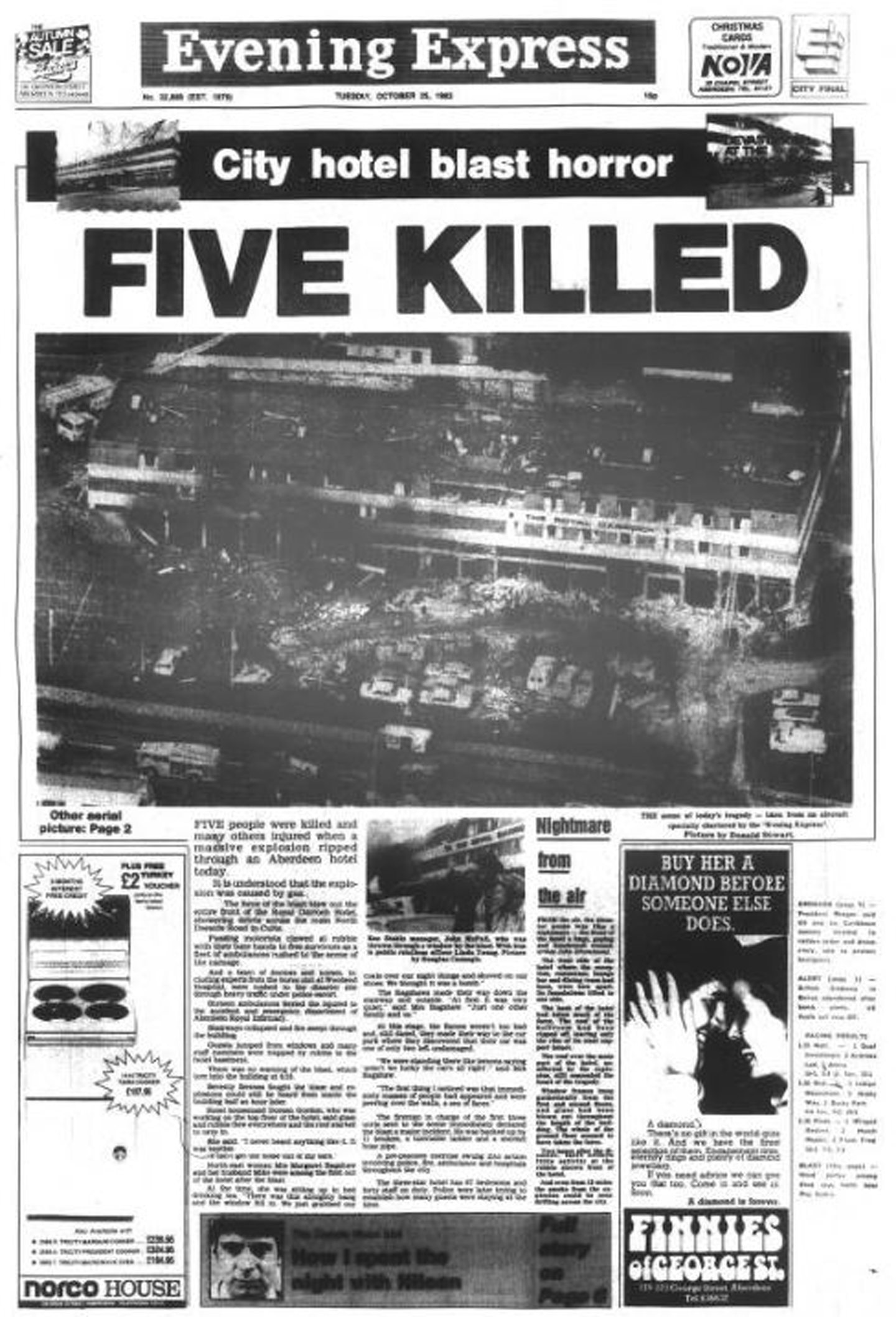


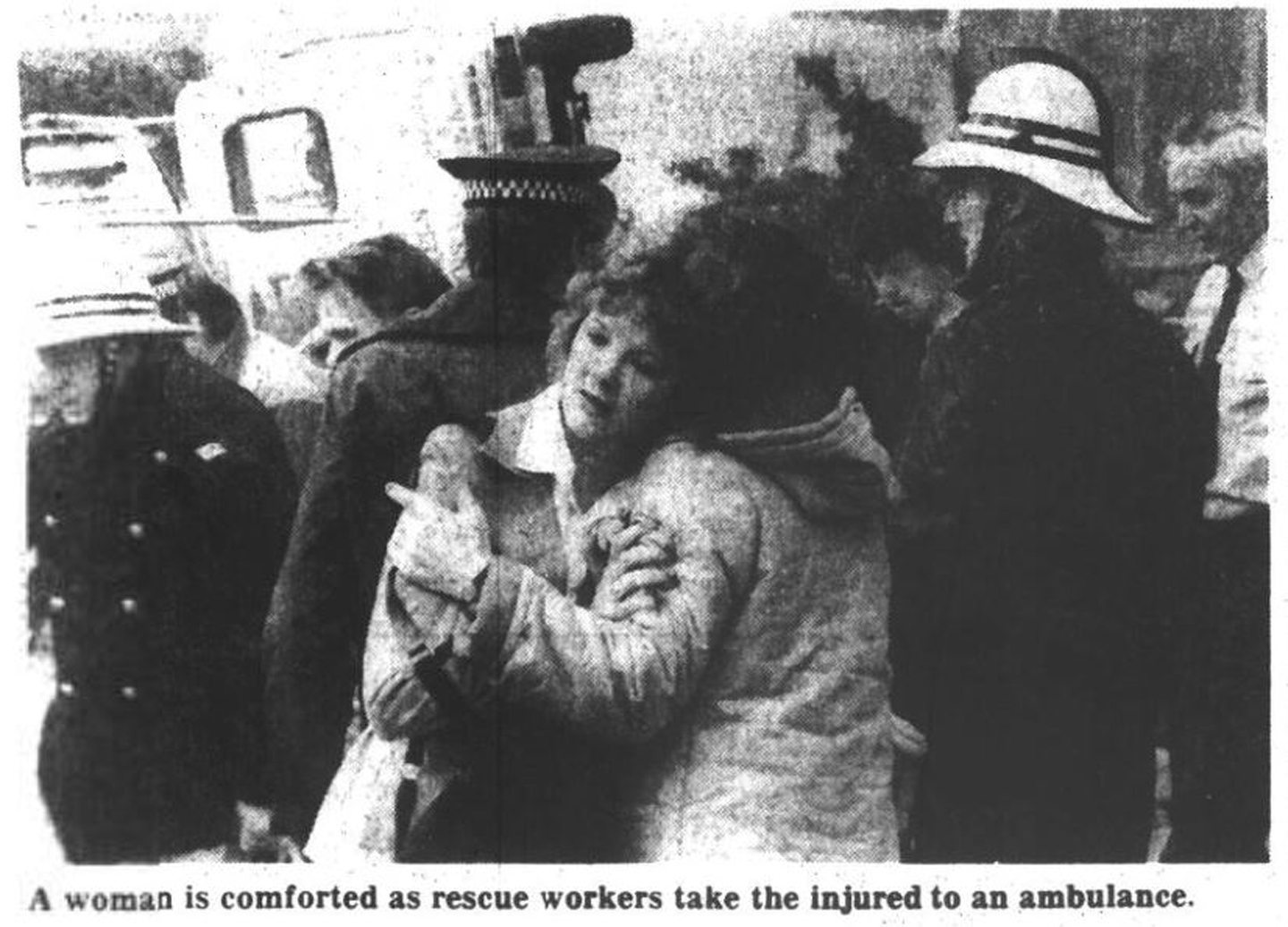



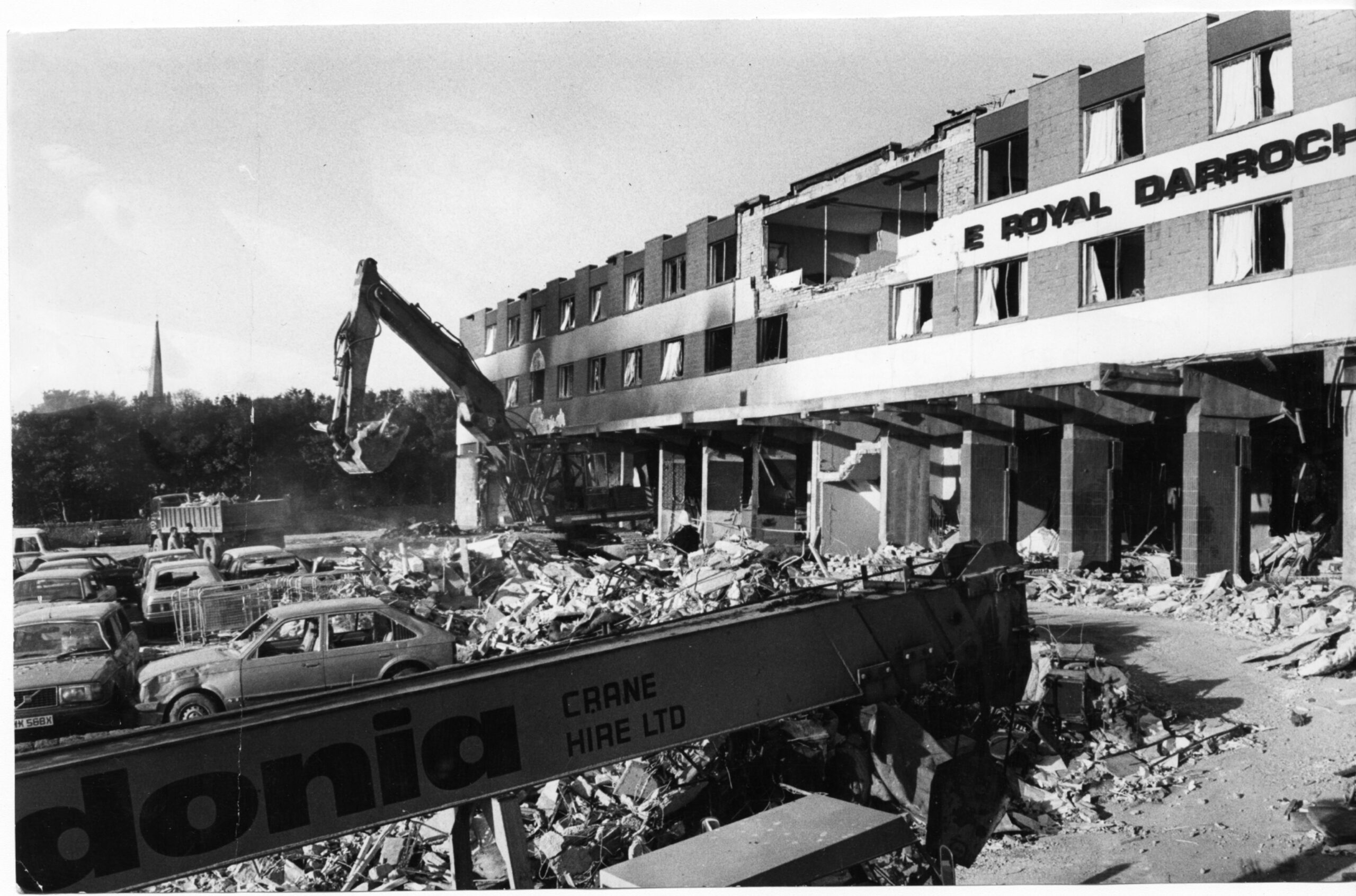
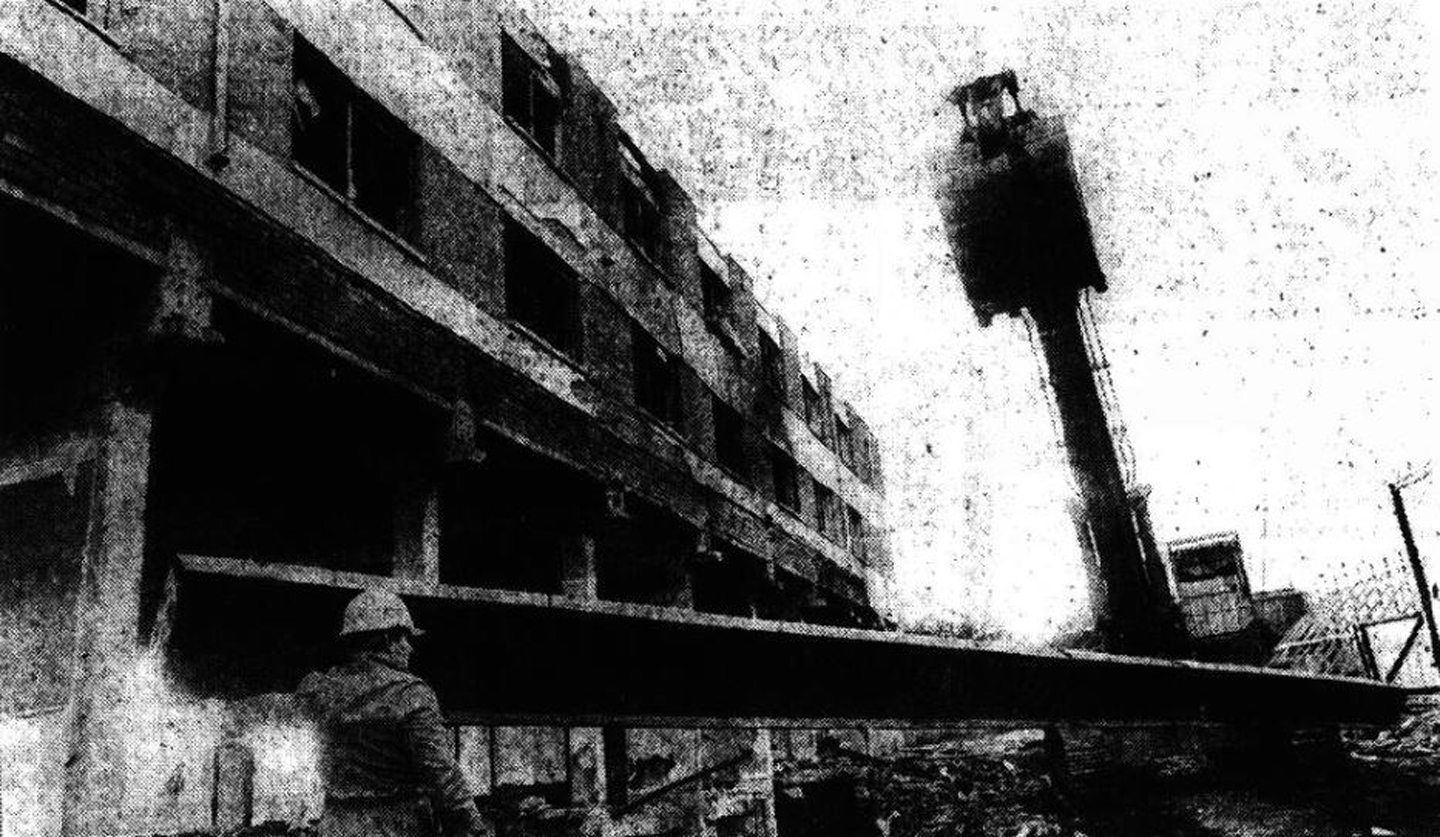
Conversation